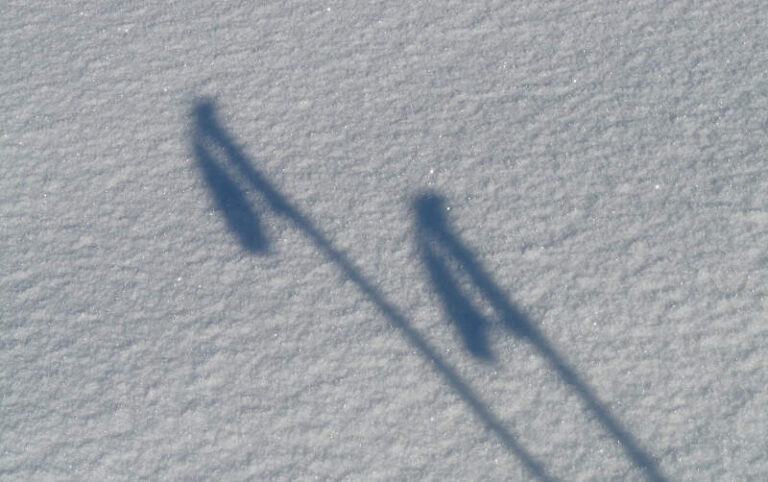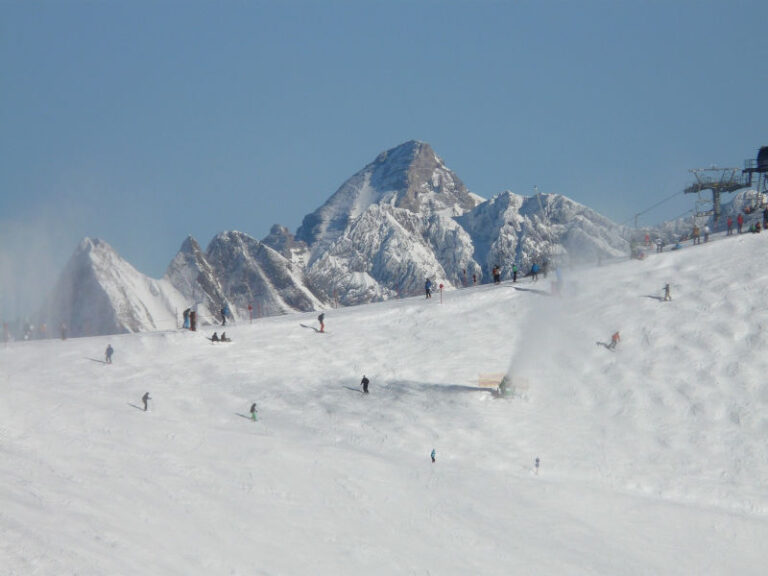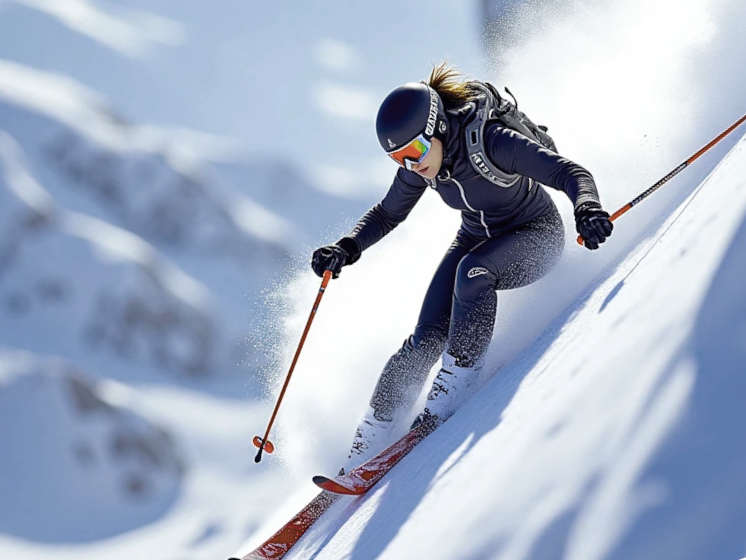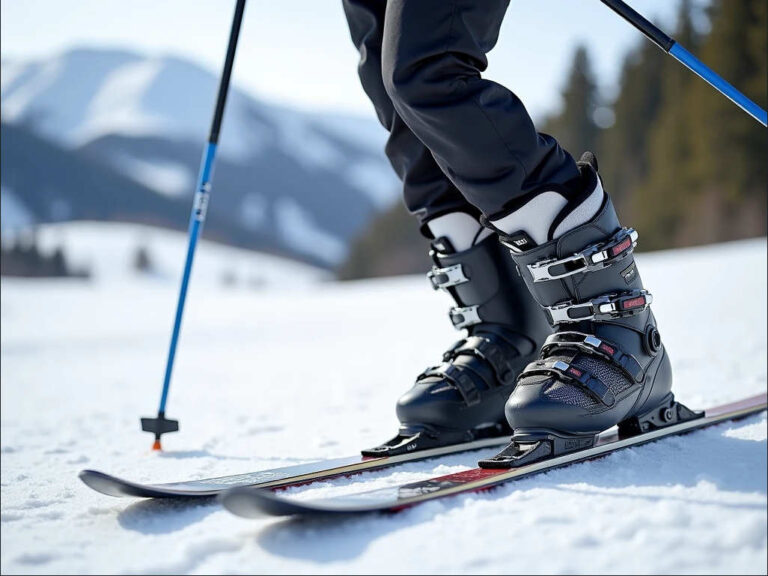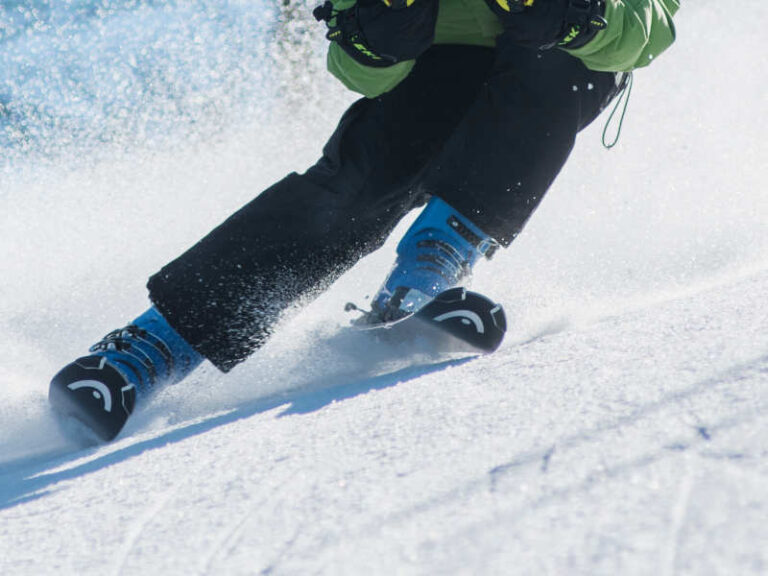Easy Off-Season Downhill Ski Workouts at Home
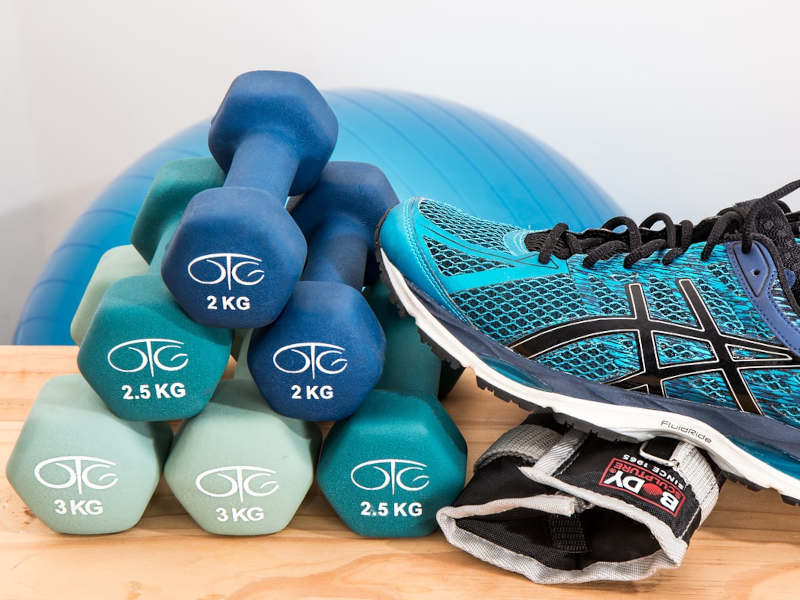
Downhill skiing demands a unique blend of strength, balance, agility, and endurance. While winter may feel like a distant dream during the off-season, it’s the perfect time to train for skiing at home. Whether you’re a beginner or an experienced skier, focusing on fitness during the warmer months can significantly improve your performance when the snow falls again. Let’s dive into effective ways to train for skiing and keep your body ski-ready all year round.
How to Train for Skiing in the Off-Season – Overview
Training for skiing involves building strength, improving endurance, increasing flexibility, and enhancing balance. A structured off-season program focuses on mimicking the physical demands of skiing. Key components include:
- Strength Training: Strong legs, core, and lower back muscles are essential for skiing. Incorporate bodyweight exercises and resistance bands if you don’t have access to weights.
- Cardiovascular Fitness: Activities like cycling, running, or high-intensity interval training (HIIT) can boost endurance for those long days on the slopes.
- Balance and Coordination: Balance-focused exercises prepare you to navigate uneven terrains confidently.
- Flexibility and Mobility: Stretching prevents injuries and improves range of motion for better turns and control.
For Those with Limited Time –
The Fastest Way to Get in Shape for Skiing
If you’re racing against the clock to get in shape before ski season, focus on efficiency. Compound exercises, which target multiple muscle groups simultaneously, are your best friends. Exercises like squats, lunges, and planks not only build strength in critical skiing muscles—like your quads, hamstrings, and core—but also improve balance and endurance. When paired with high-intensity interval training (HIIT), you’ll see gains in cardiovascular fitness and stamina, both essential for tackling long runs or challenging terrain.
How It Works:
Compound movements mimic the physical demands of skiing by engaging several muscle groups at once, saving you time and delivering maximum results. For instance:
- Squats build leg strength and stability for absorbing shocks and controlling turns.
- Lunges enhance single-leg strength and mimic the forward motion of carving turns.
- Planks strengthen your core, preventing fatigue and helping you maintain form.
Add short bursts of cardio—like 20 seconds of jumping jacks or lateral ski jumps between sets—to increase your heart rate and improve endurance. This combination of strength and cardio creates a well-rounded workout tailored for skiing fitness. See below for some great exercises to get you started
Is Six Weeks Long Enough to Get in Shape for Skiing?
The short answer, Yes! Six weeks is enough time to see significant improvements, provided you commit to a focused training plan. While it won’t completely transform your fitness if you’re starting from scratch, you can develop enough strength, endurance, and balance to hit the slopes with confidence.
Here’s how to make six weeks count:
- Week 1–2: Build a Base
Focus on form and consistency. Begin with bodyweight exercises like squats, lunges, and planks. Start with two to three sessions per week and gradually increase to four or five. Add moderate cardio sessions, such as brisk walking or cycling, to build endurance. - Week 3–4: Increase Intensity
Incorporate resistance bands or light weights for added challenge. Add HIIT sessions twice a week to boost cardio fitness. Include balance exercises like single-leg deadlifts to prepare for uneven terrain. - Week 5–6: Ski-Specific Workouts
Focus on exercises that simulate skiing movements, such as lateral hops, wall sits, and dynamic lunges. Combine strength training with cardio bursts for optimal results. Practice visualization techniques to reinforce muscle memory for skiing.
Additional Tips for a Six-Week Training Plan:
- Stay Consistent: Aim for at least four workouts per week.
- Stretch Regularly: Stretching before and after workouts prevents injuries and improves mobility.
- Listen to Your Body: Rest when needed to avoid burnout or overtraining.
By the end of six weeks, you’ll likely notice improved strength, endurance, and confidence. While you might not be Olympic-ready, you’ll be far more prepared to enjoy the slopes safely and effectively.
The Most Important Muscles for Downhill Skiing
Downhill skiing primarily targets:
- Quadriceps: These are the powerhouse for skiing, responsible for absorbing shocks and maintaining stability.
- Hamstrings and Glutes: These muscles support posture and control movement during descents.
- Core: A strong core ensures balance and prevents lower back strain.
- Calves: These muscles help maintain edge control and stability on skis.
How to Get Better at Skiing During the Off-Season
To improve your skiing skills at home, focus on:
- Strengthening Key Muscles: Target muscles used in skiing with specific exercises.
- Simulating Ski Movements: Exercises like lateral hops and balance drills replicate skiing motions.
- Practicing Visualization: Mentally rehearsing skiing techniques can enhance muscle memory.
10 Easy Off-Season Ski Workouts at Home
Here are ten effective at-home workouts to prepare for skiing, whatever your time frame may be:
1. Wall Sits
- How to Do It: Sit against a wall with your knees at a 90-degree angle, as if sitting on an invisible chair. Hold for 30–60 seconds.
- Why It Helps: Builds quad endurance, crucial for skiing long runs.
2. Lateral Ski Jumps
- How to Do It: Stand with feet together. Jump side-to-side, landing softly each time. Perform for 1 minute.
- Why It Helps: Improves agility and mimics skiing’s side-to-side motion.
3. Plank with Leg Lifts
- How to Do It: Hold a plank position. Lift one leg at a time, keeping your body straight. Perform 10–15 lifts per leg.
- Why It Helps: Strengthens the core, lower back, and glutes.
4. Single-Leg Deadlifts
- How to Do It: Stand on one leg, hinge forward, and lower your torso while lifting the opposite leg behind you. Return to standing. Perform 10 reps per side.
- Why It Helps: Builds balance and strengthens hamstrings and glutes.
5. Step-Ups
- How to Do It: Use a sturdy chair or step. Step up with one foot, then bring the other foot up. Step down and repeat. Perform 10 reps per leg.
- Why It Helps: Targets quads, glutes, and calves for uphill hiking and skiing.
6. Russian Twists
- How to Do It: Sit on the floor with knees bent, lean back slightly, and twist your torso side-to-side. Perform 20 twists.
- Why It Helps: Enhances core rotation for better turning control.
7. Calf Raises
- How to Do It: Stand on your toes, hold briefly, then lower. Repeat 15–20 times.
- Why It Helps: Strengthens calves for better edge control.
8. Glute Bridges
- How to Do It: Lie on your back with knees bent. Lift your hips, squeeze your glutes, and lower. Perform 15–20 reps.
- Why It Helps: Strengthens glutes and lower back.
9. Side Planks
- How to Do It: Lie on your side, lift your hips off the ground, and hold. Perform for 30–60 seconds per side.
- Why It Helps: Builds core strength and improves lateral stability.
10. Dynamic Lunges
- How to Do It: Step forward into a lunge, then switch legs in a jumping motion. Repeat for 1 minute.
- Why It Helps: Improves leg strength, endurance, and coordination.
See this video for more off season ski training – no equipment needed! Easy to do at home.
Additional Tips for Off-Season Ski Training
- Stay Consistent: Aim for 3–5 workout sessions per week.
- Focus on Nutrition: A balanced diet supports muscle recovery and performance.
- Incorporate Recovery: Rest days, foam rolling, and stretching prevent burnout and injuries.
Cycling and Other Sports That are Good for Ski Fitness
Have fun doing other sports and activities that keep you in shape for the up coming ski season
Cycling is excellent for ski fitness because it strengthens the quads, hamstrings, and glutes while building endurance. Other sports like inline skating, climbing, and paddle boarding can also improve balance, core strength, and coordination. Hiking, and trail running also mimic skiing’s endurance and strength requirements. Yoga and Pilates are also popular for improving flexibility and core strength.
Off-season training is a golden opportunity to build strength, endurance, and balance for skiing. By focusing on the right muscles, simulating ski motions, and incorporating diverse activities like cycling or yoga, you can stay ski-ready year-round. The ten workouts shared here are simple yet effective ways to prepare for the slopes without leaving your home. Stay active, stay consistent, and when the snow finally falls, you’ll be ready to carve your way through the season with ease and confidence.

by: Ray Pember
Ray is an experienced wordsmith who has dived deep into various niches. With over two decades under his belt, he knows a thing or two about staying afloat in this ever-evolving digital world… read more

